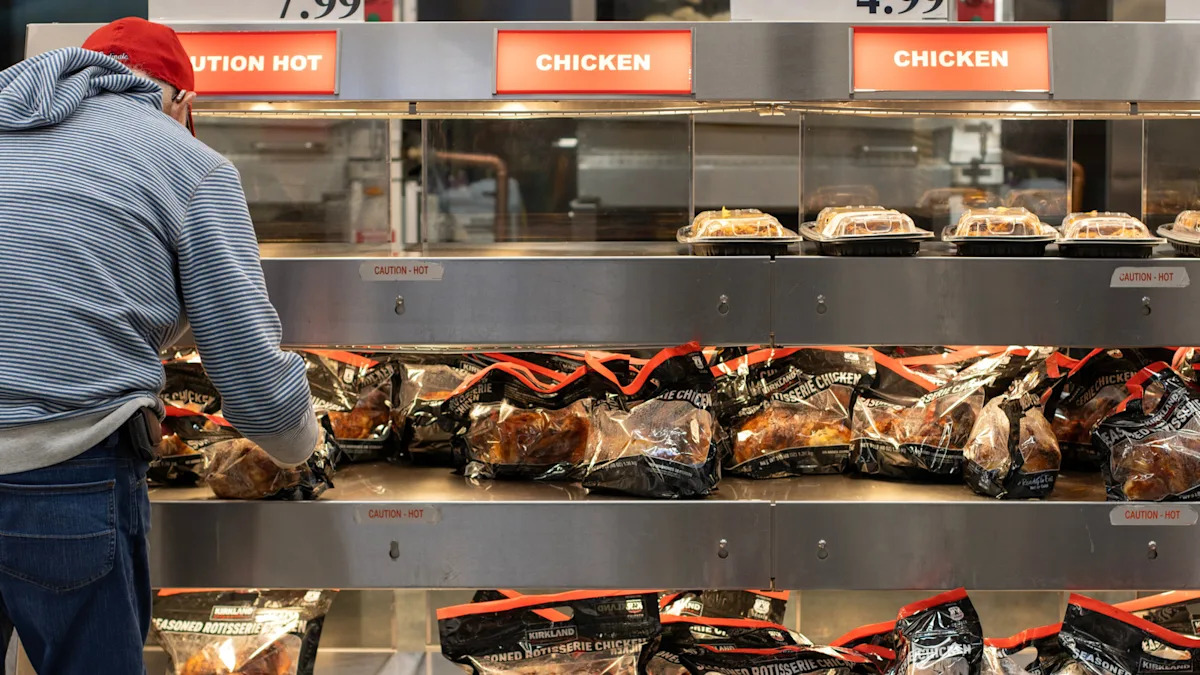Summary
Wiggles finds itself on the brink of a collapse due to an aggressive expansion spree gone wrong, rising losses, and failure to secure fresh funding
Source: Inc42

AI News Q&A (Free Content)
Q1: What are the primary factors contributing to Wiggles' current financial struggles?
A1: Wiggles is facing financial difficulties primarily due to its aggressive expansion strategy that did not yield the expected returns. This expansion led to rising operational costs and increased losses. Additionally, the company has been unable to secure fresh funding, which has exacerbated its financial woes.
Q2: How does the phenomenon of local and national retail concentration affect market dynamics, according to recent research?
A2: Recent research indicates that both local and national retail concentration have been increasing. This trend is largely due to the expansion of multi-market firms into new markets, which has led to increased market power. As a result, there is a rise in retail gross margins, impacting competitive dynamics and consumer choices (Source: The Evolution of U.S. Retail Concentration).
Q3: What challenges do retailers face with in-store picking operations for online orders, and how can they improve the customer experience?
A3: Retailers face the challenge of balancing in-store picking operations for online orders with maintaining a positive offline customer experience. Researchers have proposed the Dynamic In-store Picker Routing Problem (diPRP) to minimize customer encounters during picking. This approach, tested with a European retailer, showed improvements in the number of orders picked and reduced customer disruptions (Source: Playing hide and seek: tackling in-store picking operations while improving customer experience).
Q4: What strategies could retailers adopt to mitigate financial instability caused by unpredictable work schedules?
A4: Retailers can mitigate financial instability by implementing predictive scheduling and online learning techniques to help workers anticipate schedule changes. This approach can enhance long-term financial stability and utility for employees by reducing the unpredictability of earnings and improving financial planning (Source: Counting Hours, Counting Losses: The Toll of Unpredictable Work Schedules on Financial Security).
Q5: How has the retail sector evolved in terms of technology application to enhance operational efficiency?
A5: The retail sector has increasingly adopted advanced technologies such as data mining and decision tree analysis to predict prospective business sectors. This application helps in enhancing operational efficiency, customer retention, and targeting new customer bases effectively (Source: A Data Mining Approach to Predict Prospective Business Sectors for Lending in Retail Banking Using Decision Tree).
Q6: What lessons can be learned from the financial crisis regarding real estate asset management in the retail sector?
A6: The financial crisis highlighted the importance of proactive management of commercial real estate assets. By optimizing maintenance costs and re-engineering business models, retailers can create new business opportunities and stabilize financial conditions, turning crisis into an advantage (Source: Crisis' Heritage Management - New Business Opportunities Out of the Financial Collapse).
Q7: How does Wiggles' situation reflect broader trends in the retail industry?
A7: Wiggles' financial situation mirrors the broader challenges in the retail industry, where aggressive expansion without adequate financial backing can lead to operational inefficiencies and financial strain. It underscores the need for strategic planning and risk management in retail operations.
References:
- The Evolution of U.S. Retail Concentration
- Playing hide and seek: tackling in-store picking operations while improving customer experience
- Counting Hours, Counting Losses: The Toll of Unpredictable Work Schedules on Financial Security
- A Data Mining Approach to Predict Prospective Business Sectors for Lending in Retail Banking Using Decision Tree
- Crisis' Heritage Management - New Business Opportunities Out of the Financial Collapse




